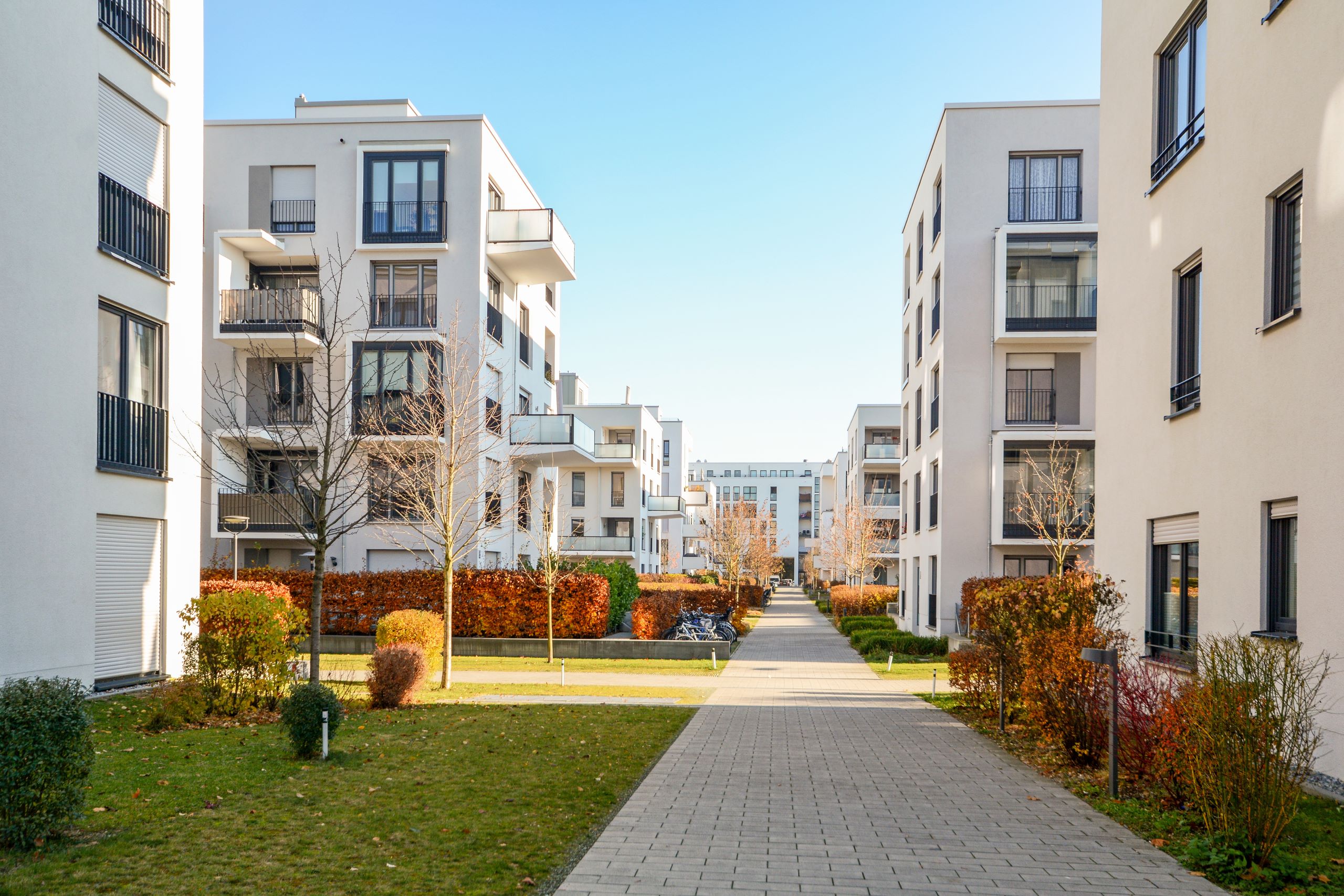
Housing choices for seniors who are able to live alone with some assistance vary widely and cater to different preferences and needs. Here’s a breakdown of some common options, along with guidance and statistics:
1. Accessory Dwelling Units (ADUs)
ADUs are secondary housing units built on the same lot as a primary residence. They can be a good choice for seniors who want to live close to family but maintain independence.
Pros:
- Proximity to family for support.
- Increased privacy and independence.
- Often more affordable than other options.
Cons:
- Initial construction costs can be high.
- May require zoning approvals and permits.
2. Age-Restricted Communities
These communities are designed for residents aged 55 and older, offering a social environment with peers and various amenities.
Pros:
- Community activities and amenities.
- Often located in desirable areas.
- Maintenance and yard work are usually handled by the community.
Cons:
- Monthly fees can be high.
- Restrictions on visitors and residents under a certain age.
3. Senior Apartments
Senior apartments are rental units designed for older adults, often with age restrictions and sometimes offering assistance services.
Pros:
- Affordable and available with rental assistance.
- Designed with senior needs in mind (e.g., accessibility features).
- Social opportunities with peers.
Cons:
- Limited personal space compared to a house.
- Possible waitlists for affordable units.
4. Cohousing
Cohousing communities are designed to foster social interaction and mutual support among residents, with private homes and shared spaces.
Pros:
- Strong sense of community and support.
- Shared amenities reduce individual maintenance responsibilities.
- Opportunities for social interaction.
Cons:
- Initial buy-in costs and community fees.
- Potential conflicts with community governance and decisions.
5. House Sharing
House sharing involves living with roommates, which can provide companionship and reduce living expenses.
Pros:
- Cost-effective.
- Social interaction and reduced isolation.
- Shared responsibilities for household tasks.
Cons:
- Compatibility issues with housemates.
- Less privacy than living alone.
Statistics and Trends
- According to the U.S. Census Bureau, the population aged 65 and over is projected to nearly double from 52 million in 2018 to 95 million by 2060.
- A study by AARP found that 77% of adults aged 50 and older prefer to remain in their homes as they age (aging in place).
- The National Investment Center for Seniors Housing & Care reported that the occupancy rate for senior housing communities was around 81% in the third quarter of 2021, reflecting ongoing demand.
Considerations for Choosing Housing:
- Health Needs: Evaluate the level of assistance required.
- Budget: Consider initial costs and ongoing fees.
- Location: Proximity to family, healthcare, and amenities.
- Social Preferences: Desire for community and social interaction versus privacy.
Each housing option has its own set of benefits and drawbacks, and the best choice depends on individual circumstances, preferences, and needs.
-Phan Trần Hương-
